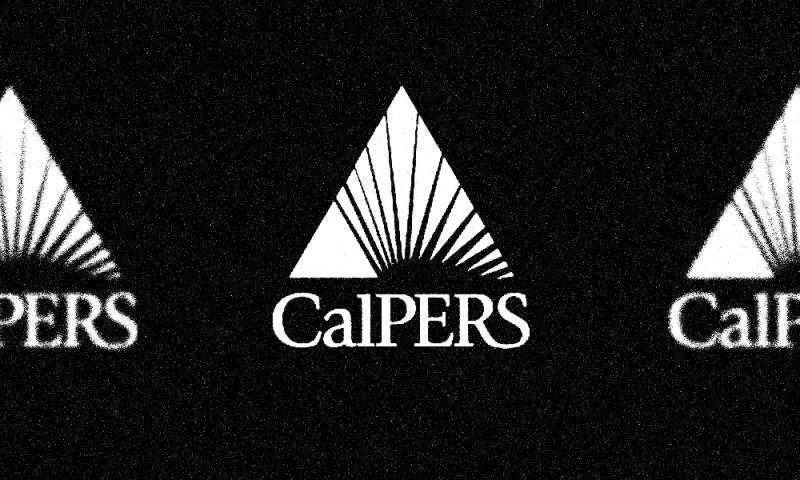The California Public Employees’ Retirement System has taken another step closer to a major restructuring and expansion of its private equity program.
In a board meeting on Monday, the CalPERS investment committee voted to continue the development of a new private equity business model that will include establishing vehicles to target longer-term private equity investments and late-stage venture capital and growth investments. The California retirement system – the nation’s largest with about $356 billion in assets on March 14 – plans to allocate as much as $20 billion over the next decade to these new funds, substantially increasing its exposure to private equity.
“We need private equity to be successful,” said CalPERS chief investment officer Ben Meng at the board meeting. “We need more of it and we need it sooner rather than later.”
Meng argued that a higher allocation to private equity was needed for the retirement system to meet its required rate of return, but that a fund of CalPERS’ size would be unable to achieve a high enough exposure to the asset class through conventional means. CalPERS currently has about $27.64 billion invested in private equity, or about 7.8 percent of the total portfolio. The next largest American pension funds, the California State Teachers’ Retirement System and New York State Common Retirement Fund, have private equity allocations of 8.2 percent and 9.5 percent, respectively.
Meng said the board’s affirmation of the new private equity model would be an “important signal to the financial markets and to potential partners that we are serious about these projects.”
Monday’s vote will allow the CalPERS investment office to move forward with a plan to create at least two limited liability companies to invest in private equity and venture capital, in addition to the pension's existing traditional private equity partnerships and emerging manager program. These investment vehicles will, at least initially, be backed solely by CalPERS, unlike traditional commingled private equity funds in which CalPERS is one of many investors.
The new vehicles will be run by outside managers, who will act as the general partners. Meng explained during the board meeting that these managers will be compensated using a pre-approved budget, as opposed to being paid the typical combination of management fee and performance fee – a structure that the CIO said would lead to reduced costs.
The planned vehicles are a departure from the direct private equity model initially proposed by CalPERS last May, under former CIO Ted Eliopoulos. The original plan would have established a separate platform for making direct investments in private equity and venture capital, similar to the approach taken by Canadian public pensions. However, Meng said Monday that adopting the Canadian model would not work for CalPERS because retirement system “simply does not have the organizational structure nor the compensation options capable of managing what top-tier managers can secure in a structure.”
[II Deep Dive: CalPERS Is Ready to Do Its Own Private Equity Deals]
Still, he noted that the investment office would “remain open-minded” and “consider the Canadian model if and when it becomes a viable option.”
Following Meng’s presentation, some board members expressed concerns over how the new business model would actually be implemented, given the lack of details available at this stage, and whether or not the structure would succeed at delivering higher returns at a lower cost.
Although ten of the 13 board members voted in favor of pursuing the new business model, the approval came with a few stipulations, including requiring the investment office to submit a final plan to the board for approval before hiring managers or funding the new vehicles. The investment office will also be required to provide at least quarterly updates to the board as it continues to develop the new program.







